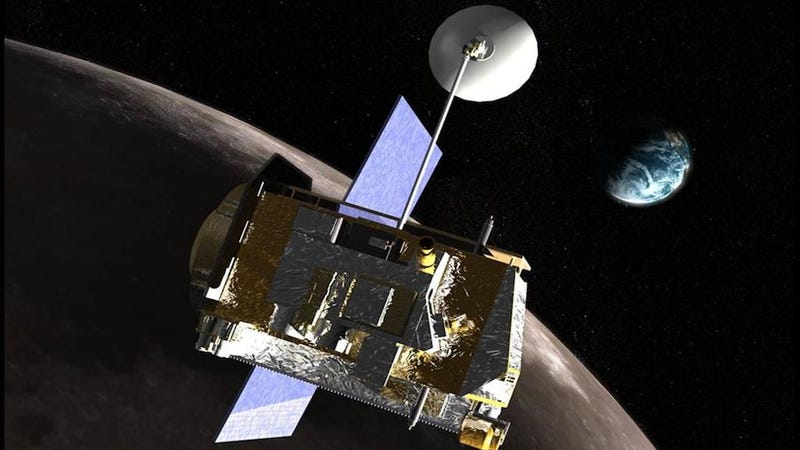Back in 2000, NASA launched the Imager for Magnetopause-to-Aurora Global Exploration (IMAGE) satellite. It was the first satellite dedicated to observing the magnetosphere of the Earth and producing global images of plasma in the inner magnetosphere. One of the major goals of the project was to map how the Earth’s magnetosphere interacted with the solar wind.
Mostly during a magnetic storm (an event like a coronal mass ejection would drive a magnetic storm). The satellite failed unexpectedly roughly five years into its mission.
Now, the satellite appears to have turned itself back on, as unexpectedly as it turned off. NASA lost contact with Image in 2005 when it failed to respond to communications. The organization hoped a 2007 eclipse might reboot the satellite, but when that didn’t happen, NASA turned off the computers and shut down the mission. Then, earlier this month, an amateur astronomer picked up a signal from the satellite.
NASA’s current guidance states: To confirm beyond doubt that the satellite is IMAGE, NASA will next attempt to capture and analyze data from the signal. The challenge to decoding the signal is primarily technical. The types of hardware and operating systems used in the IMAGE Mission Operations Center no longer exist, and other systems have been updated several versions beyond what they were at the time, requiring significant reverse-engineering.
If data decoding is successful, NASA will seek to turn on the science payload — currently turned off — to understand the status of the various science instruments. Pending the outcome of these activities, NASA will decide on how to proceed.
The organization’s original diagnosis of the Image mission failure blamed the “instant trip” of the solid state power controller, which supplied power to its radio transponder.
It is not known under what circumstances the breaker would’ve tripped, or what could’ve possibly caused it to reset in the meantime. It’s also not clear if there’s any value to reactivating the satellite or what scientific research it could still perform.
Typically satellites this far outside their original mission parameters are low on fuel. It’s also not uncommon for satellites to have limited power reserves, either due to the age of their on-board power supplies, damage to solar panels, or other equipment degradation. And, of course, it’s possible that Image’s basic equipment is still functional, but that its more advanced scientific packages may not come back online.
If Image can be coaxed back to life, it would be an impressive feat, both for the current NASA personnel and for the people who built the satellite in the first place.
It’s not clear if NASA will be able to figure out what happened, even if the satellite does come back online; that information may not have been stored (or may not have survived after so long).
Via ExtremeTech




